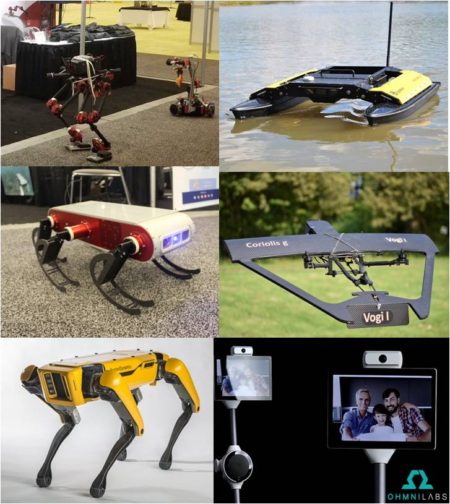May 30, 2019 – While I was traipsing around the exhibit hall and interviewing people at Collision 2019 here in Toronto, just down the 401 Highway, Montreal was being host to its own technology exhibition, the International Conference on Robotics and Automation (ICRA 2019), where robotic systems were everywhere to be seen wandering through the convention hall or on display. More than 4,200 attended to learn about and see the latest robotic and artificial intelligence (AI) advances including:
- Using AI to improve robotic automation and autonomy
- Autonomous vehicle navigation and mobility
- Medical robotic systems
- Sensing technology from vision to touch to hearing
- Feedback response and interaction systems
- Self-learning systems
- Simulation systems
- Actuators
- Capacitors
Hebi Robotics had their robotic assembly kits on display demonstrating the X-series actuators that provide robots the ability to articulate arms and legs. Hebi describes their approach to design as a do-it-yourself platform of hardware, software, and services to produce custom robotics.
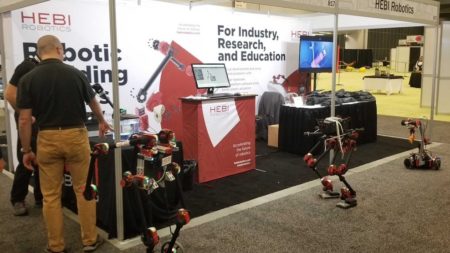
Independent Robotics demonstrated Aqua2, an autonomous or remotely-controlled mobile robot that can walk on land or swim underwater. This robot is a vision-based mobile system that comes with multiple-vision camera systems, multi-layered autonomy, and multiple fiber optic cable connectivity. Its flipper legs are designed to provide underwater locomotion as well as walking ability on land. It can plow its way through sand, climb up gravelly hillsides, and do so tethered or untethered.
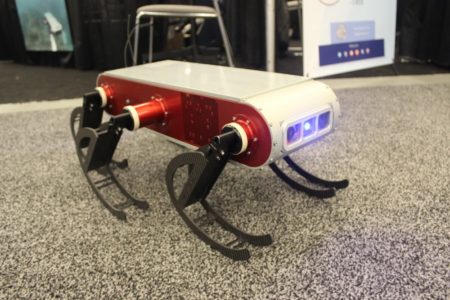
Coriolis g Corporation, a Toronto-based robotics company, had on display the Vogi 1, a versatile drone capable of helicopter-like hovering as well forward winged flight like an airplane. An actuator allows for the four rotors (it is a quadcopter) to lift off vertically and then seamlessly transition to high-speed forward motion.
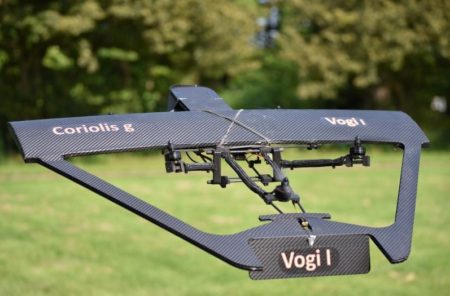
Clearpath Robotics showed the Heron USV, an aquatic twin-jet-thruster-powered catamaran designed for oceanographic research. It comes with built-in GPS positioning and a payload bay for adding a battery of submerged sensors or on-deck equipment. Clearpath makes a number of different robots including unmanned ground vehicles, and indoor material transporters.
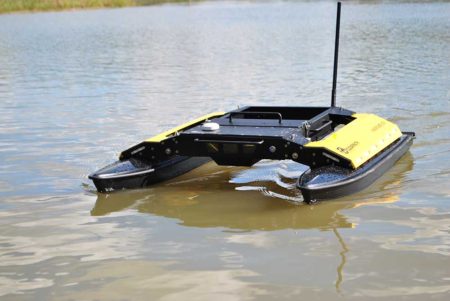
And it wouldn’t be a robotics exposition without Boston Dynamics, who featured SpotMini, their autonomous quadruped robot with onboard GPS and collision avoidance systems that was described as prancing throughout the exhibition hall. The robot weighs 25 kilograms (about 55 pounds), is battery powered and can run for 90 minutes on a single charge. It can be outfitted with a robot arm that includes a full range of cameras and sensors. The SpotMini features a number of stereo cameras, position and force sensors in each of its limbs, and incredible flexibility and maneuverability.
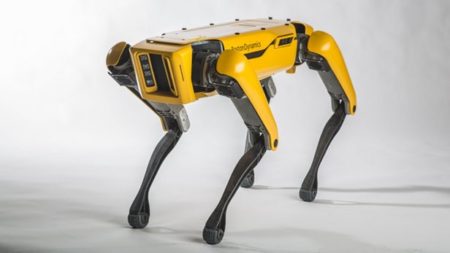
And for those of you who can remember The Big Bang Theory episode when Sheldon decided to never leave his bedroom and chose to represent himself through robotic telepresence, the real deal was on display in Montreal from OhmniLabs, the Silicon Valley-based robotics company. The Ohmni SuperCam telepresence robot is 3D printed and priced at a little more than $2,000 USD. It comes with a high resolution 13 Megapixel wide-angle camera, touch screen, five-hour battery, weighs 8.5 kilograms (20 pounds), a tilting neck to ensure maximum emotiveness, a wide-angle microphone and speaker for two-way voice communication, and smooth-quiet glide drive technology to really freak you out as it follows you around your office.
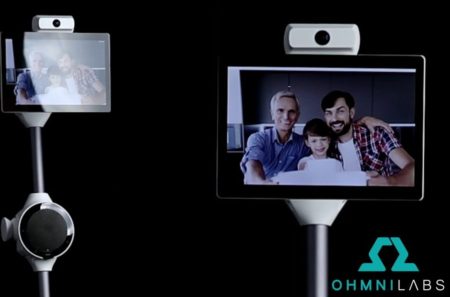
The above are just a sampling of what was on display at ICRA and represent the growing capability and presence of robots in our 21st century home and work life. If you were at the show and saw robots that you would like readers to know about, please send along pictures and comments to be featured here.
